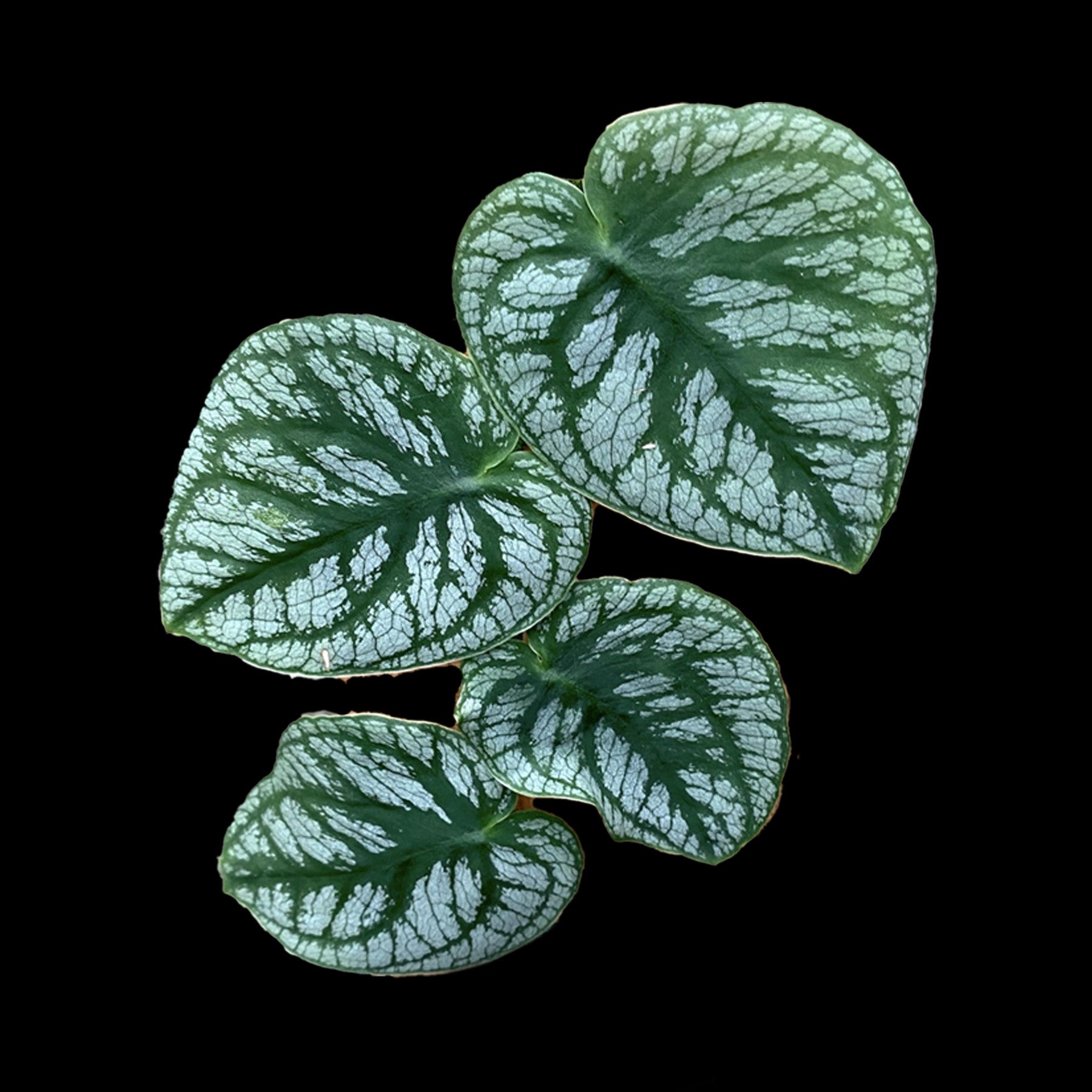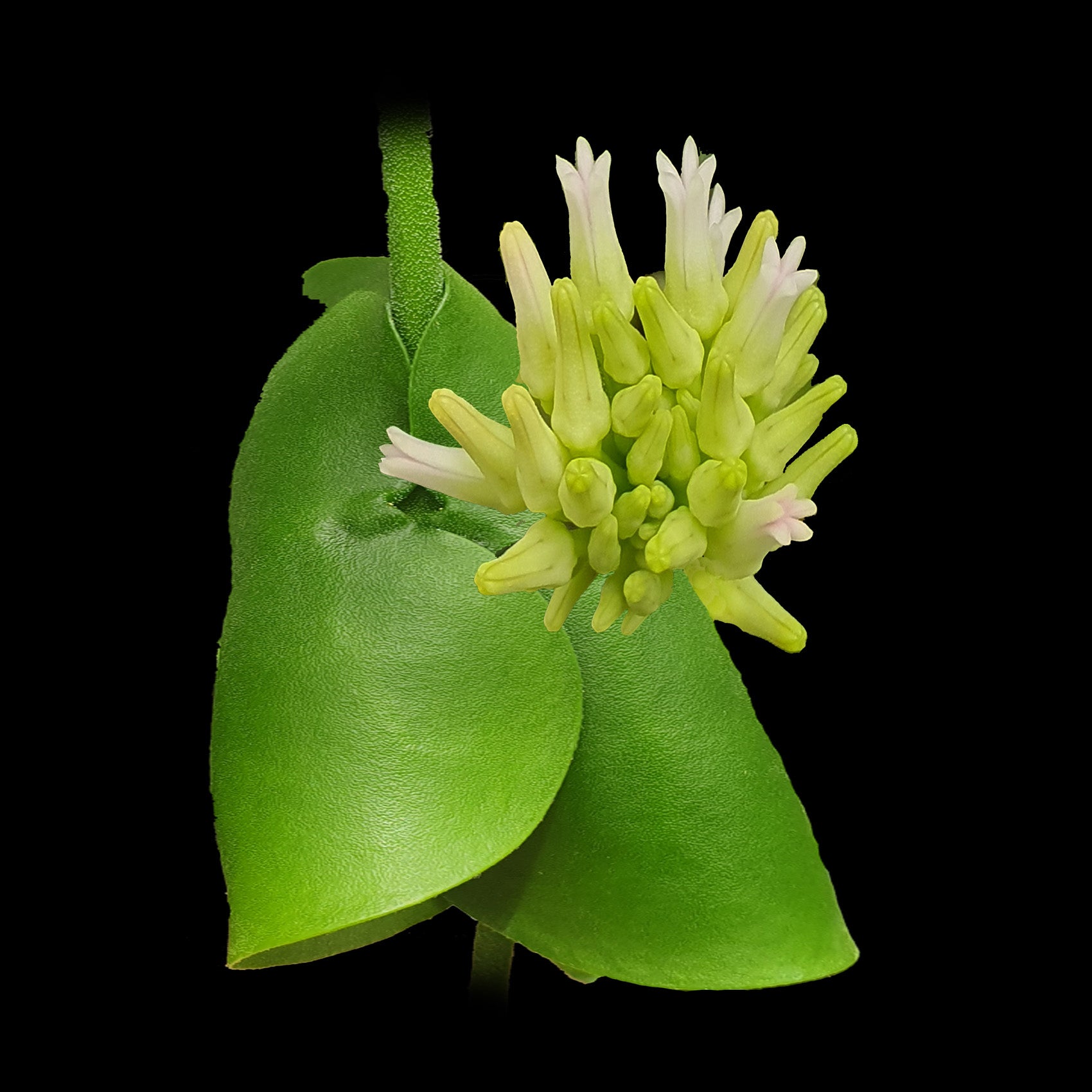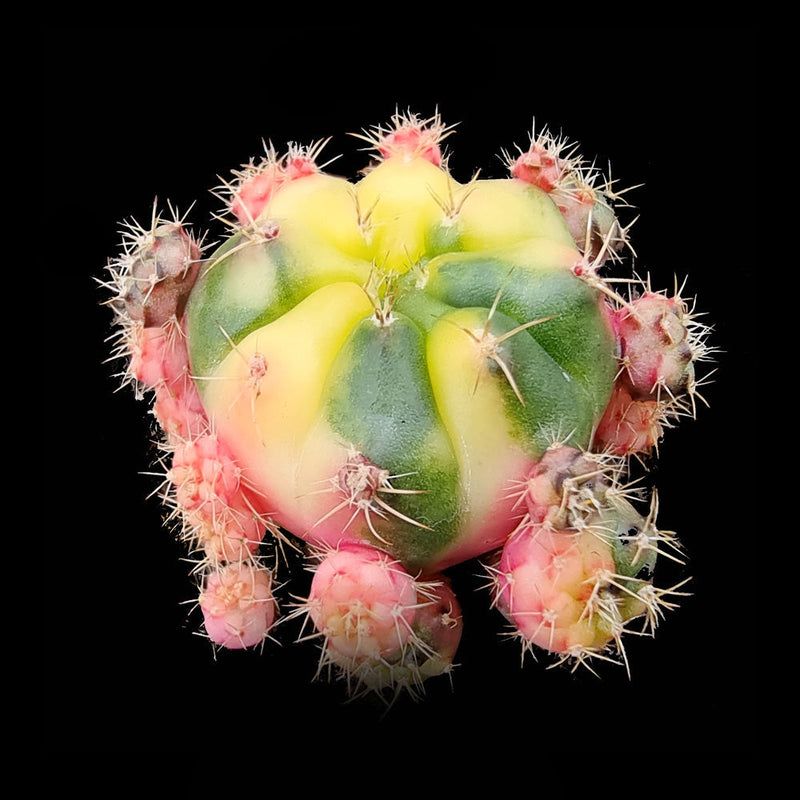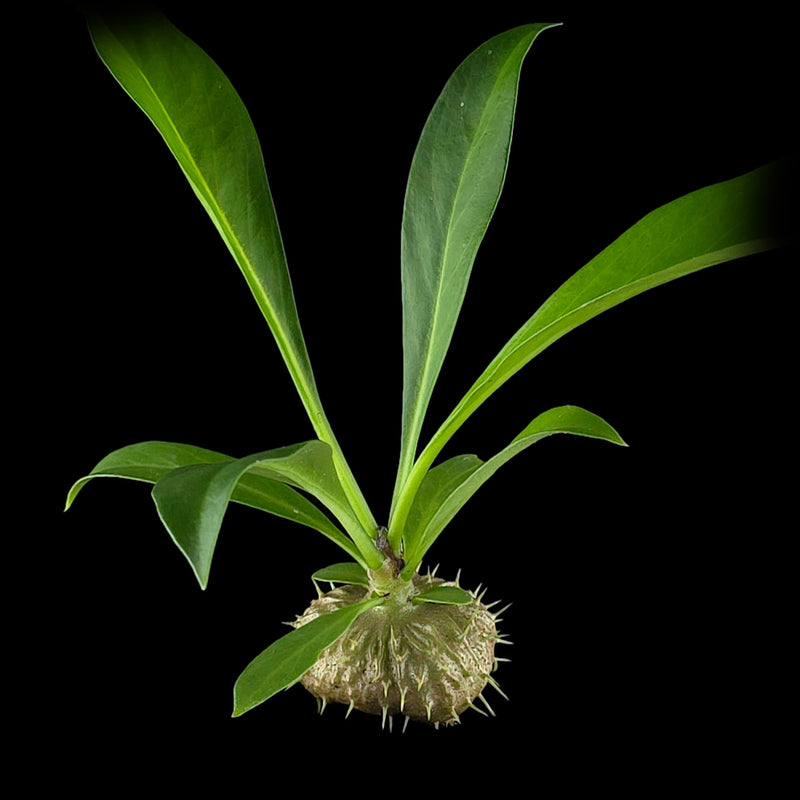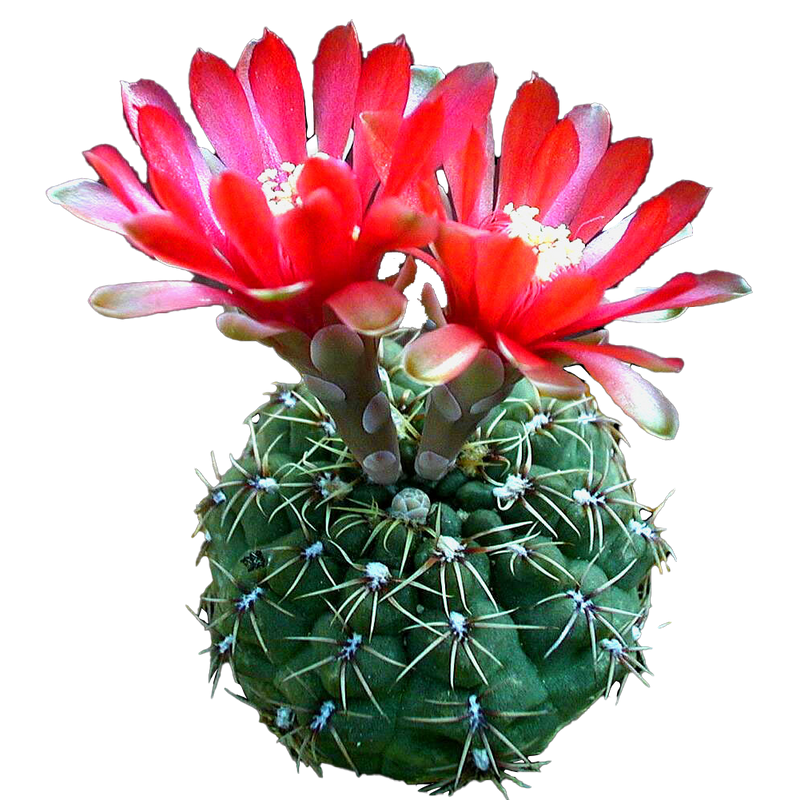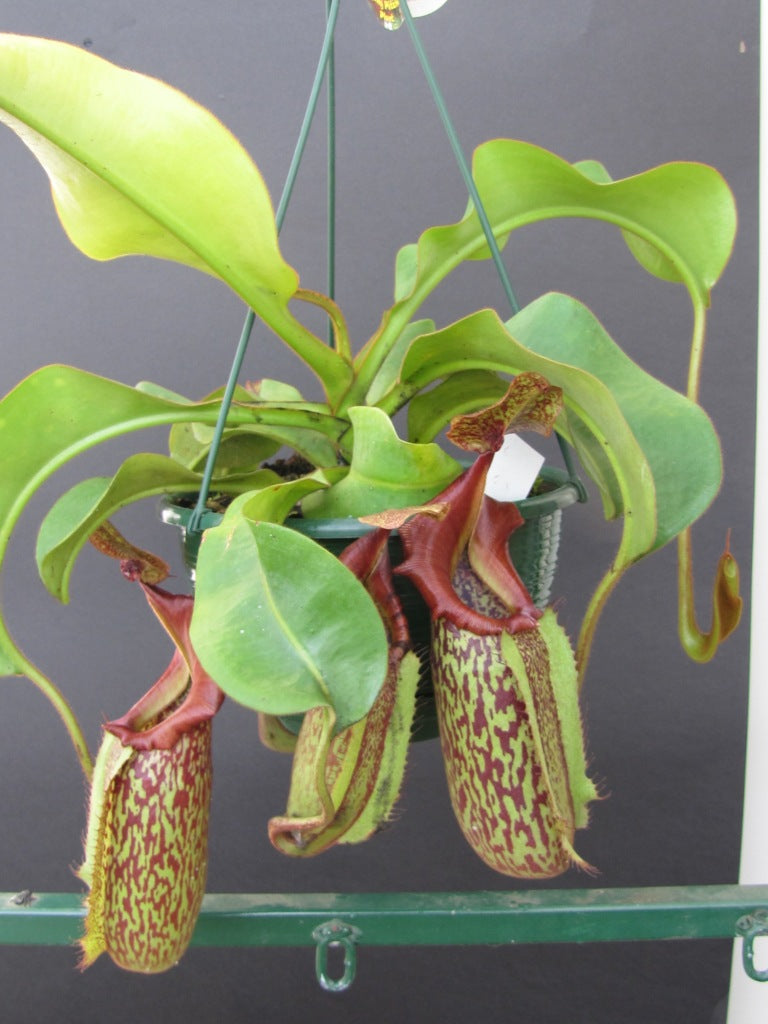Ascending Beauty: Unveiling the Unique World of Shingling Plants
Step into the captivating realm of shingling plants! Learn what makes these unique climbers so special, from their fascinating growth habit to the ideal conditions for encouraging them to 'shingle' up a surface. Explore popular varieties and add a new dimension to your indoor jungle.
In the vibrant tapestry of the plant kingdom, some species develop truly extraordinary ways to grow and thrive. Among the most intriguing are shingling plants – a group of climbers renowned for their peculiar habit of pressing their leaves flat against a surface, often overlapping like shingles on a roof. This unique growth pattern is not just for show; it's a clever adaptation that allows these plants to ascend trees, rocks, or walls in their native habitats, bringing a dynamic and sculptural element to any plant collection.
---What is Shingling and Why Do Plants Do It?
At its heart, shingling is a specialized form of climbing, primarily seen in epiphytic or hemi-epiphytic plants from humid, often low-light, tropical environments. Instead of trailing freely or wrapping tendrils, shingling plants produce aerial roots that cling tightly to a support, while their leaves flatten and often overlap. This provides several evolutionary advantages:
- ☀️ Access to Light: By climbing upwards, they can reach brighter light in the dense understory of a rainforest.
- 💧 Moisture Retention: The flattened, overlapping leaves can help channel rainwater and moisture down the stem, directly to their roots, or simply reduce water loss.
- 🛡️ Stability: Clinging tightly provides a secure anchor against winds and heavy rains.
For us growers, this means we get to enjoy a living wall art piece, constantly changing as the plant ascends.
---Meet the Masters of Shingling: Popular Varieties for Your Collection
Many plant genera exhibit this fascinating shingling behaviour, each with its own unique charm. Here are some of the most sought-after shingling plants for enthusiasts:
- Rhaphidophora cryptantha (Shingle Plant) (Rhaphidophora cryptantha): Perhaps the most famous shingler, known for its small, round, perfectly overlapping leaves that create an intricate, tiled pattern as it climbs.
- Rhaphidophora hayi (Rhaphidophora hayi): Features larger, deeply veined, heart-shaped leaves that press flat against their support, maturing to impressive sizes.
- Monstera dubia (Monstera dubia): A juvenile wonder, its small, shingling leaves with silvery variegation lie flat against a surface. As it matures and climbs, its leaves dramatically increase in size and develop fenestrations, eventually losing their shingling habit.
- Dischidia platyphylla (Solomon Islands) (Dischidia platyphylla (Solomon Islands)): This Dischidia is a spectacular shingler, forming large, disc-like leaves that tightly hug the support, often creating hollow spaces where ants (or in cultivation, moisture) can collect.
- Dischidia imbricata (Dischidia imbricata): Similar to D. platyphylla, this species also boasts unique, rounded, overlapping leaves, making it a highly desirable shingling succulent.
- Hoya imbricata (Hoya imbricata): A truly unique Hoya, known for its large, bowl-shaped, often patterned leaves that shingle tightly against a surface, sometimes even forming a small habitat for ants in the wild.
Cultivating Shingling Success: How to Grow These Climbers
To encourage your shingling plants to exhibit their best behaviour, providing the right support and environment is crucial:
⬆️ Provide a Suitable Support
This is arguably the most important factor. Shingling plants need something to cling to. Common options include:
- Wooden Planks or Slabs: These are ideal, especially for plants like Rhaphidophora cryptantha and Monstera dubia, as their aerial roots can easily grip the natural texture.
- Moss Poles: A classic choice for many climbers, they provide both support and a source of ambient moisture if kept damp.
- Cork Bark or Driftwood: Excellent for creating a naturalistic display, particularly for epiphytic shinglers.
- Rough Walls/Trellises: In very humid environments, some may even shingle directly onto porous walls.
Ensure the support is secure in the pot or mounted properly, as the plant will continue to grow upwards.
💦 High Humidity is Key
Originating from rainforests, shingling plants thrive in high humidity. Aim for 60% relative humidity or higher. This is crucial for their aerial roots to establish and for the leaves to stay healthy and flexible enough to shingle. Consider using a humidifier, grouping plants, or growing them in a terrarium or enclosed cabinet to boost humidity.
☀️ Light: Bright and Indirect
These plants prefer bright, indirect light. Too much direct sun can scorch their leaves, while too little light will lead to stretched, leggy growth and discourage shingling. A spot near a bright window that doesn't receive harsh afternoon sun is usually ideal.
💧 Watering: Consistent Moisture
Keep the potting medium consistently moist but never soggy. Allow the top inch or so of the soil to dry out between waterings. Ensure excellent drainage. Regular misting of the support surface (like a moss pole or wooden plank) can also encourage aerial roots to attach.
🪴 Potting Mix: Airy and Well-Draining
Use a well-draining, airy potting mix that mimics their epiphytic nature. A mix containing orchid bark, perlite, coco coir, and a small amount of potting mix is often suitable. This allows for good aeration and prevents waterlogging.
---The Aesthetic Appeal: Adding Vertical Dimension to Your Collection
Shingling plants offer a unique way to create vertical interest and a sense of lushness in your indoor garden. They transform a simple wall or shelf into a dynamic display of living art. Watching their leaves progressively flatten and overlap as they climb is incredibly satisfying and highlights the wonders of botanical adaptation.
---Ready to Cultivate a Living Wall?
If you're looking for a genuinely unique and rewarding plant experience, adding a shingling plant to your collection is a fantastic choice. They're not just beautiful; they're a conversation starter and a testament to nature's incredible design. Embrace the climb!
Explore our selection of fascinating shingling plants and start your vertical jungle today:



